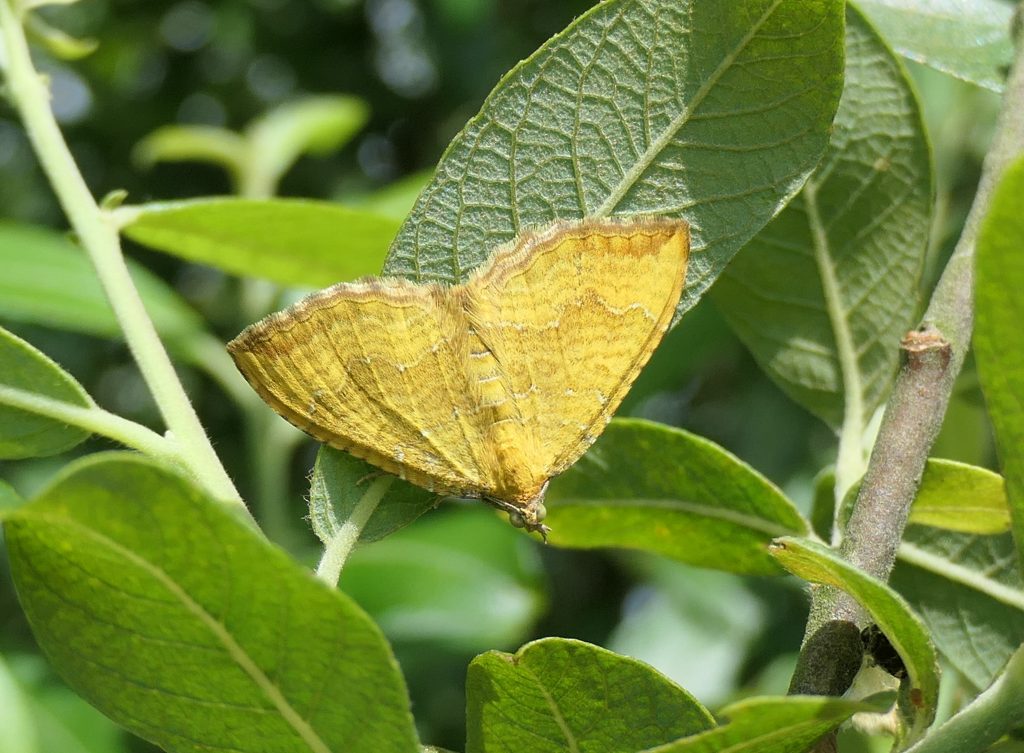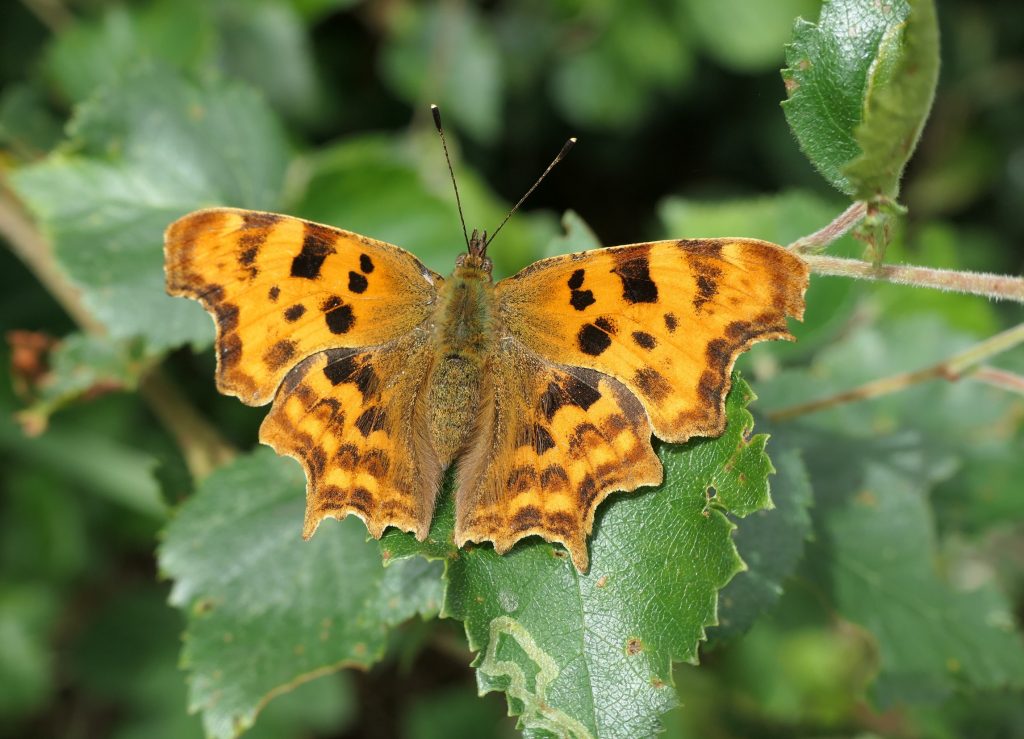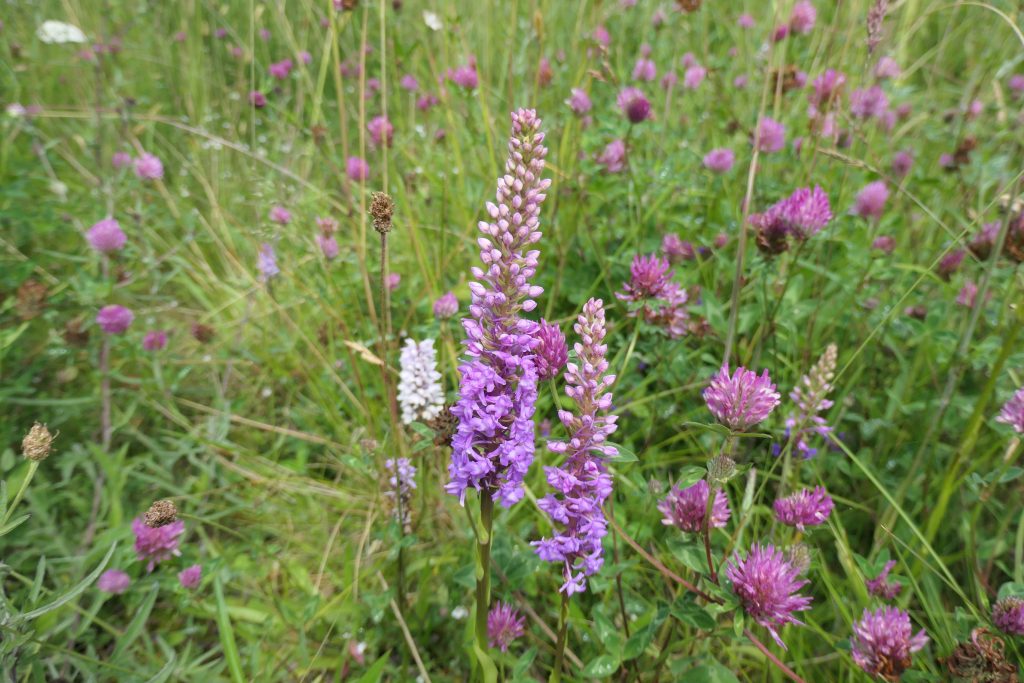Mid-summer has arrived but judging the summer season by butterfly abundance would be a mistake this year. Never have I experienced a summer butterfly famine like the one in July 2024.
Masses of flowering bramble and Creeping Thistle near my home in rural Meath typically hold fluttering confusions of butterflies in July but not this year. It is 19 July as I write, and I have seen three Commas, about six Small Tortoiseshells, and a similar number of Speckled Woods and Common Blues, no Red Admiral, no Painted Lady, no Peacock, one Brimstone since 1 July.
Butterfly Conservation UK, in the throes of its Big Butterfly Count, has found the Meadow Brown is showing the highest abundance at the end of week one. Butterfly Conservation UK recently stated: “So far this year we have seen a decrease in the number of butterflies seen across the UK. This is likely the result of a combination of a wet and windy spring and recent low temperatures.”
The weather causes they state applies in Ireland, and our experience of low population matches that in Britain.
The bleak picture has one exception, in Lullybeg Reserve at least. Hundreds of Ringlet butterflies are bobbing low over tussocks of moor-grass on Butterfly Conservation Ireland’s reserve. Individuals pause to bask and feed on Wild Valerian and Marsh Thistle, the latter plant a favourite for several mid-summer nectar and pollen feeders.
Last Tuesday I counted 259 Ringlets on just part of the reserve. It is a relief that at least one species likes cool, wet conditions! Indeed, Ringlets will even fly in dull weather and even in drizzle if it is muggy and warm. Although the butterfly is not brightly coloured, it is reassuring to see it in abundance, a sign that the grassland is in a healthy state for it. You can see a Ringlet at:
Despite the low abundance and reduced number of species flying in many areas this July, a few butterflies showed themselves at Lullybeg, and the flowers look wonderful.
We hope you like the photos that follow.






Finally, to close on a happy note, our reserve’s Marsh Fritillary population enjoyed another bumper year. In the Lullybeg area, the Marsh Fritillary’s recorded flight period was from 19 May to 3 July. Some were observed mating and egg-laying. A total of 204 Marsh Fritillaries were counted at Lullybeg in this period, a great number given the limited opportunities afforded by the weather to get out to monitor them.

All photographs copyright J.Harding.

